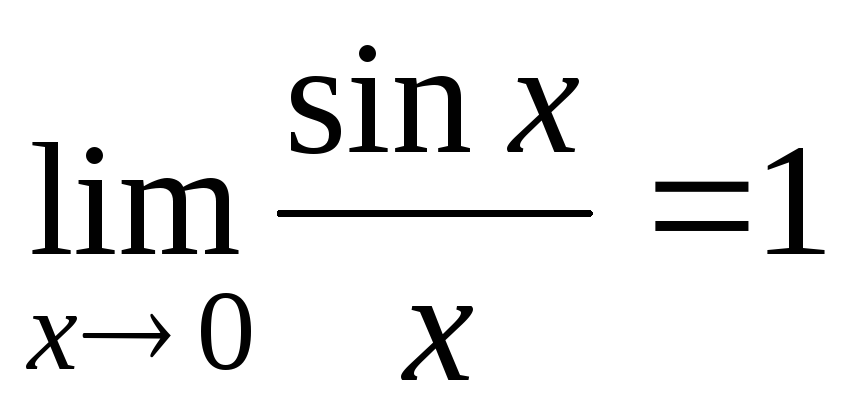
Keep in mind that, although it is always okay to put an upper bound on ε, it is never okay to put a lower bound (other than zero) on ε. In answer to the second question: If we can find δ > 0 δ > 0 that “works” for ε ≤ 4, ε ≤ 4, then it will “work” for any ε > 4 ε > 4 as well. Two questions present themselves: Why do we want ε ≤ 4 ε ≤ 4 and why is it okay to make this assumption? In answer to the first question: Later on, in the process of solving for δ, δ, we will discover that δ δ involves the quantity 4 − ε. Without loss of generality, assume ε ≤ 4.By stating “Let ε > 0 ,” ε > 0 ,” we signal our intent to do so. The first part of the definition begins “For every ε > 0 ,” ε > 0 ,” so we must prove that whatever follows is true no matter what positive value of ε is chosen. The following Problem-Solving Strategy summarizes the type of proof we worked out in Example 2.39. In this part of the proof, we started with | ( 2 x + 1 ) − 3 | | ( 2 x + 1 ) − 3 | and used our assumption 0 0.

Figure 2.40 demonstrates how this is done. We may also find δ δ through geometric methods. Thus, it would seem that δ = ε / 2 δ = ε / 2 is appropriate. Last, this is equivalent to | x − 1 | < ε / 2. Since ultimately we want | ( 2 x + 1 ) − 3 | < ε, | ( 2 x + 1 ) − 3 | < ε, we begin by manipulating this expression: | ( 2 x + 1 ) − 3 | < ε | ( 2 x + 1 ) − 3 | < ε is equivalent to | 2 x − 2 | < ε, | 2 x − 2 | < ε, which in turn is equivalent to | 2 | | x − 1 | < ε. We begin by tackling the problem from an algebraic point of view. One method is purely algebraic and the other is geometric. So, where exactly did δ = ε / 2 δ = ε / 2 come from? There are two basic approaches to tracking down δ. ” The phrase “there exists” in a mathematical statement is always a signal for a scavenger hunt. The definition continues with “there exists a δ > 0. ” This means we must prove that whatever follows is true no matter what positive value of ε is chosen. The first part of the definition begins “For every ε > 0. With these clarifications, we can state the formal epsilon-delta definition of the limit.

The statement | f ( x ) − L | It is also important to look at the following equivalences for absolute value:

The statement 0 The statement | f ( x ) − L | Recall that the distance between two points a and b on a number line is given by | a − b |. Quantifying Closenessīefore stating the formal definition of a limit, we must introduce a few preliminary ideas. Understanding this definition is the key that opens the door to a better understanding of calculus. The formal definition of a limit is quite possibly one of the most challenging definitions you will encounter early in your study of calculus however, it is well worth any effort you make to reconcile it with your intuitive notion of a limit. In this section, we convert this intuitive idea of a limit into a formal definition using precise mathematical language. At this point, you should have a very strong intuitive sense of what the limit of a function means and how you can find it. 2.5.4 Use the epsilon-delta definition to prove the limit laws.īy now you have progressed from the very informal definition of a limit in the introduction of this chapter to the intuitive understanding of a limit.2.5.3 Describe the epsilon-delta definitions of one-sided limits and infinite limits.2.5.2 Apply the epsilon-delta definition to find the limit of a function.



 0 kommentar(er)
0 kommentar(er)
